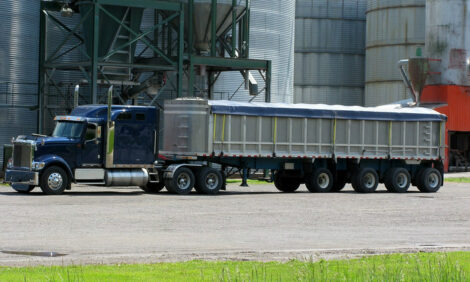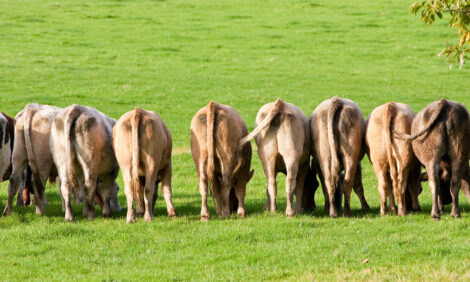



Transport Pregnant Cows With Care
NEW ZEALAND - Dairy farmers should take particular care when planning to transport cows in their third trimester of pregnancy, says DairyNZ's Dr Nita Harding.
DairyNZ's development team leader for animal husbandry, Dr Harding says at this time of year, many farmers are transporting cows with well advanced pregnancies.
“There are several things farmers should be aware of to make sure their pregnant cows arrive at their destination in the best possible condition.”
The key issue is to always make sure any cows to be transported have a body condition score of three or higher before transport.
“In late pregnancy even cows that are in good condition are considerably more susceptible to the stress of transport and need to be treated with patience and care if they are being transported to another location,” says Dr Harding. “Journeys should be as short as possible.”
She says that careful planning is required before pregnant cows are transported.
“Other than the duration of the journey, farmers should also consider their feed transition plan and ensure the cows receive an adequate supplement of magnesium before and after the journey.”
Twelve to 20 grams per day of magnesium supplement should also be provided to pregnant cows for at least three days before and three days following the journey.
All cows switching from one feed type to another require a feed transition plan to give their digestive system time to adjust to the new feed, maintain their condition, and minimise any nutritional problems. Remember to consider a transition plan for coming home from winter grazing, as well as a plan for going to winter grazing.
New feed should be introduced into the diet over seven to 10 days before the journey, by gradually increasing the amount of the new feed or supplement made available. If this cannot be done before transport, ensure there is pasture at the other end to transition cows from.
Dr Harding says that cows in late pregnancy should be treated with patience and care when being brought in and loaded for transport.
Before transport, cows should be moved off green feed for four to 12 hours (maximum) and be provided with hay and water to reduce the amount of effluent produced during the journey and minimise any nutritional stress. This is best done on a grazed out paddock or stand-off pad rather than on concrete.
“It is recommended that cows should not be stood off on concrete for any more than four hours at a time,” says Dr Harding. “Any longer is likely to lead to sore feet and legs, and potentially problems with lameness.”
Remember to take as much care with unloading the animals at their destination. Food and water should be provided on arrival and the animals checked, especially for signs of bloat, around two hours after arrival.
Dr Harding says it is always useful to have someone who is skilled in transporting animals to supervise the process on the day of transport. Pregnant cows are a valuable asset and are worth looking after properly.
More information is available at www.dairynz.co.nz/transportingstock.
TheCattleSite News Desk


